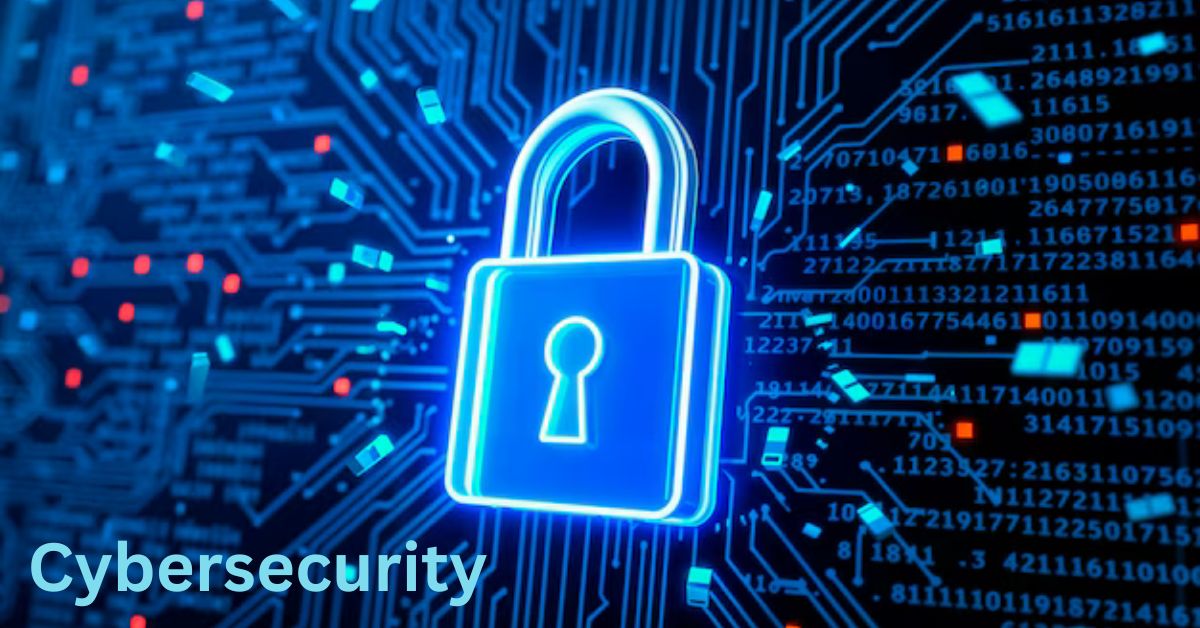As the digital landscape continues to expand, so does the need for robust cybersecurity measures. With more individuals, businesses, and governments relying on online platforms for communication, data storage, and transactions, the risks associated with cyber threats have never been higher. Cybersecurity plays a critical role in protecting sensitive information, preserving privacy, and ensuring the continuity of online services. This article explores why cybersecurity is essential, the common threats, and the best practices to safeguard against them.
Understanding Cybersecurity
Cybersecurity refers to the practice of protecting computer systems, networks, and data from cyberattacks. These attacks can range from data breaches to more complex forms of digital espionage. Cybersecurity encompasses a wide variety of measures, including encryption, firewalls, secure networks, and multifactor authentication, all designed to keep data secure from unauthorized access or theft.
The importance of cybersecurity cannot be overstated in a world that relies heavily on digital infrastructure. Whether it’s personal banking information, healthcare records, or confidential business data, the need for comprehensive protection strategies is critical. With the rapid growth of technology, individuals and organizations alike must adopt cybersecurity measures to avoid falling victim to cybercriminals.
Why Cybersecurity is Crucial
In today’s interconnected world, almost every aspect of life involves the internet. From social networking to e-commerce, and from cloud computing to critical infrastructure, the digital realm touches nearly everything. The rise in digital dependence has made cybersecurity a vital component in protecting users from malicious threats. A single breach can result in catastrophic consequences such as financial loss, identity theft, and damage to a company’s reputation.
For businesses, weak cybersecurity can lead to data breaches that expose confidential client information, intellectual property, or financial records. Organizations that fail to implement adequate protection may suffer significant fines, lawsuits, and loss of customer trust. For governments, inadequate cybersecurity could mean attacks on infrastructure, energy grids, and national security systems, potentially crippling essential services. Therefore, investing in cybersecurity is not optional—it’s a necessity.
Types of Cybersecurity Threats
Cybersecurity threats take many forms, and each type requires specific defensive measures. Understanding the various types of attacks helps in creating a robust strategy to counter them. Here are some of the most common cybersecurity threats:
Phishing Attacks
Phishing is one of the oldest and most common forms of cyberattacks. Cybercriminals send fraudulent emails or messages designed to trick individuals into revealing sensitive information, such as passwords or credit card numbers. These emails often appear legitimate, mimicking the look of well-known institutions like banks or government agencies.
Phishing attacks have become increasingly sophisticated, with cybercriminals using more realistic emails and websites to lure victims. This type of attack highlights the importance of educating users on recognizing phishing attempts and not clicking on suspicious links or downloading attachments from unknown sources.
Malware and Ransomware
Malware, short for malicious software, includes viruses, worms, Trojans, and spyware. These programs are designed to disrupt, damage, or gain unauthorized access to a system. Once installed, malware can corrupt data, steal sensitive information, or grant cybercriminals control over the infected system.
Ransomware, a subset of malware, encrypts a victim’s files and demands payment in exchange for the decryption key. Ransomware attacks have increased in recent years, affecting individuals, businesses, and even hospitals. Victims often face the difficult decision of paying the ransom or losing their data permanently. To combat these attacks, organizations must implement backup strategies and use advanced malware detection systems.
Denial-of-Service (DoS) Attacks
A Denial-of-Service (DoS) attack aims to overwhelm a system, server, or network with excessive traffic, rendering it inaccessible to legitimate users. A more advanced version of this attack, called a Distributed Denial-of-Service (DDoS) attack, involves multiple systems flooding the target with traffic simultaneously.
These attacks can be devastating for businesses, as they disrupt operations and can result in significant financial losses. Investing in DDoS protection and ensuring servers are capable of handling high traffic volumes can mitigate the risks associated with these attacks.
Insider Threats
Not all cybersecurity threats come from external sources. Insider threats occur when individuals within an organization, such as employees or contractors, intentionally or unintentionally cause security breaches. These individuals may have access to sensitive data and can misuse it for personal gain, revenge, or because of negligence.
Organizations must ensure proper access control and regularly monitor user activity to detect unusual behavior that could indicate insider threats. Implementing strong security protocols and conducting employee background checks are also essential preventive measures.
Key Components of Cybersecurity
Effective cybersecurity requires a multi-layered approach, combining various tools, technologies, and practices. Here are the key components that make up a solid cybersecurity framework:
Firewalls and Network Security
Firewalls serve as the first line of defense, monitoring and controlling incoming and outgoing network traffic based on predefined security rules. They act as a barrier between secure internal networks and external, potentially harmful networks. Firewalls, along with intrusion detection systems (IDS) and intrusion prevention systems (IPS), help protect against unauthorized access, ensuring that only legitimate traffic can enter or leave the network.
Encryption
Encryption converts data into a coded format that can only be read by authorized parties. This is a crucial component of cybersecurity, especially for sensitive data such as financial transactions, emails, and healthcare records. Encryption ensures that even if a cybercriminal intercepts the data, they cannot read or use it without the decryption key.
Multifactor Authentication (MFA)
Multifactor authentication adds an extra layer of security by requiring users to provide more than one form of verification before gaining access to a system or data. This typically involves a combination of something the user knows (like a password), something the user has (like a smartphone), and something the user is (like a fingerprint). MFA reduces the chances of unauthorized access, even if a password is compromised.
Regular Software Updates and Patches
One of the simplest yet most effective ways to enhance cybersecurity is by keeping software up to date. Cybercriminals often exploit vulnerabilities in outdated software to launch attacks. Regularly updating software and applying security patches helps close these vulnerabilities and protect systems from known threats.
Data Backup and Recovery
Backing up important data is essential in case of a cyberattack or system failure. Regular backups ensure that in the event of an attack—such as ransomware—data can be restored without paying a ransom. Backup solutions should be secure, encrypted, and stored offsite to prevent cybercriminals from accessing or corrupting them.
Best Practices for Staying Secure Online
In addition to implementing technical solutions, individuals and organizations must adopt best practices to minimize cybersecurity risks. Here are some practical steps for staying secure online:
- Use Strong Passwords: Always use strong, unique passwords that include a combination of letters, numbers, and special characters. Avoid using easily guessable information like birthdays or common words. Password managers can help create and store complex passwords securely.
- Be Cautious with Public Wi-Fi: Public Wi-Fi networks are often insecure, making it easy for cybercriminals to intercept data. Avoid accessing sensitive information, such as bank accounts, when connected to public Wi-Fi. If necessary, use a virtual private network (VPN) to encrypt your connection.
- Educate Employees: For businesses, employees are often the first line of defense against cyberattacks. Providing regular cybersecurity training helps staff recognize threats, such as phishing emails, and understand the importance of security protocols.
- Monitor for Suspicious Activity: Regularly monitor networks and systems for unusual activity. Early detection of anomalies can help prevent or mitigate the damage of a cyberattack.
Conclusion
In the digital age, cybersecurity is no longer just a concern for IT professionals—it is a responsibility shared by everyone who uses technology. From individuals protecting personal data to businesses safeguarding client information, and governments securing national infrastructure, the importance of cybersecurity cannot be ignored. By understanding the threats and adopting comprehensive security measures, we can all play a part in ensuring a safer digital future.










